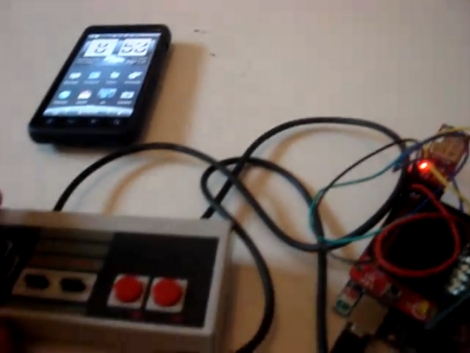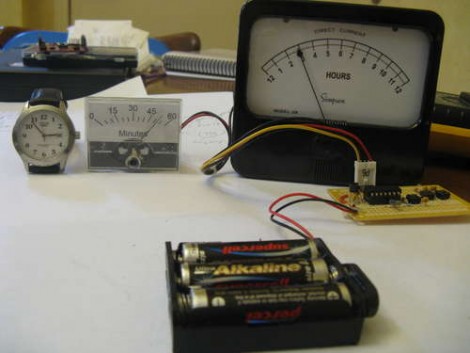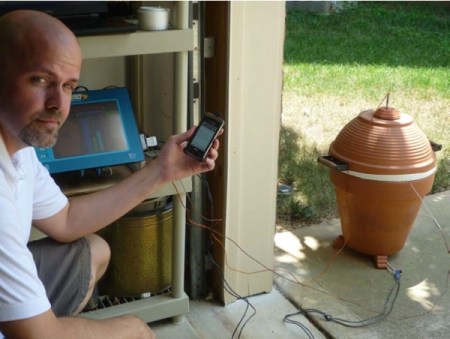
You have until December 1st to get your entry into the Trossen DIY robotics contest. Unlike the last Trossen contest we told you about, this one has no clear theme. The goal is simply to make an awesome robot. Registration is free, and entries will be judged on Ingenuity, Originality, and presentation/documentation. There are prizes for 1st, 2nd, and 3rd places, with the 1st place prize being the Interbotix Hexapod. If you haven’t seen it yet, it is a kit of a hexapod that is pretty quick on its feet. You can catch a video of it after the break.

















